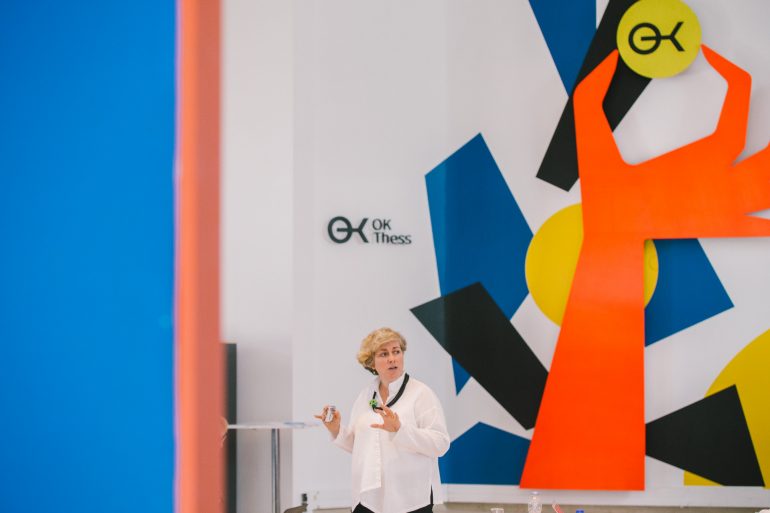
BEDA grows influence step by step
BEDA, now a network of 50 design centres and professional associations of designers is the voice of European design community especially towards the European Commission. We can proudly say that thanks to BEDA, design has been elevated to a highly relevant position on European Commission’s innovation agenda. It is BEDA’s ambition to keep it there.
It was in 2013, when after years of BEDA’s active engagement with the Commission, the European Commission’s Action Plan for Design-driven Innovation was launched. Many initiatives have taken place since under the action plan, including creation of Design for Europe Platform in 2014—2017, Innobarometer Studies on design in 2015 and 2016, and Interreg Europe Design4Innovation project in 2017 to name a few. Numerous BEDA member organisations have taken part in the projects, and thus added to the knowledge pool on design policies and design practices in Europe to support innovation and economic growth.
BEDA needs to continue its work to ensure design stays as an integral part of innovation policy in Europe. But it is not enough. We need to ensure that design is high on the agenda of business, education, social and environmental policies as well. Europe’s future depends on its economy, but also on its culture.
How does BEDA do this?
We need to make sure BEDA has a clear strategy and a clear focus.
BEDA needs to have an active dialogue with the relevant Directorate Generals in the European Commission. An active dialogue is already ongoing with DG Grow, and similar dialogues need to be activated with other relevant DGs. All these dialogues are timely for many reasons: preparations for FP9, the next Framework Programme for Research, Development and Innovation, titled Horizon Europe, are well under way, and the current European Parliament’s and European Commission’s term will come to an end in 2019.
Again, this is not enough.
BEDA needs to collaborate with relevant stakeholders, both in Europe and globally. We need to have an active dialogue with innovation, education and design networks such as Business Europe, Enterprise Europe Network EEN, European Regions Research and Innovation Network ERRIN and the European Association of National Innovation Agencies TAFTIE. Global stakeholders include the International Association of Universities and Colleges of Art, Design and Media Cumulus, Interaction Design Association IxDA, International Council of Design Ico-D or World Design Organisation WDO, to name a few. If BEDA wants to be the voice of design in Europe, it needs to be part of the global discussion and understand where the world is going.
Step by step
During BEDA’s annual European Design Forum, that took place on 4th June 2018 in Thessaloniki, BEDA members explored existing government Design Action Plans and discussed new potential actions to reinvigorate the European Commission’s 2013 Design Action Plan. Anna Whicher, a BEDA Board member and a design policy expert, is currently writing a summary of the workshop and it will be soon sent to all participants and shared with all BEDA members.
The participants in the workshop explored the strengths and weaknesses of thematic components of the European Design Ecosystem, and developed actions to advance the design agenda at a European level. The purpose would be step by step to create a Design Action Plan that will be truly needs led and that can offer the European Commission a route to achieving various policy objectives.
Päivi Tahkokallio, Vice-President of BEDA
